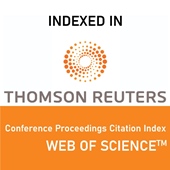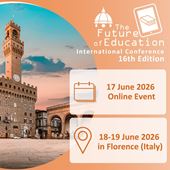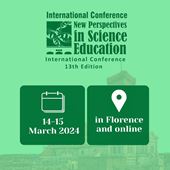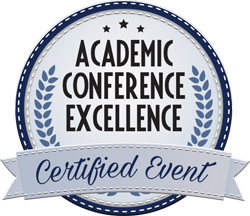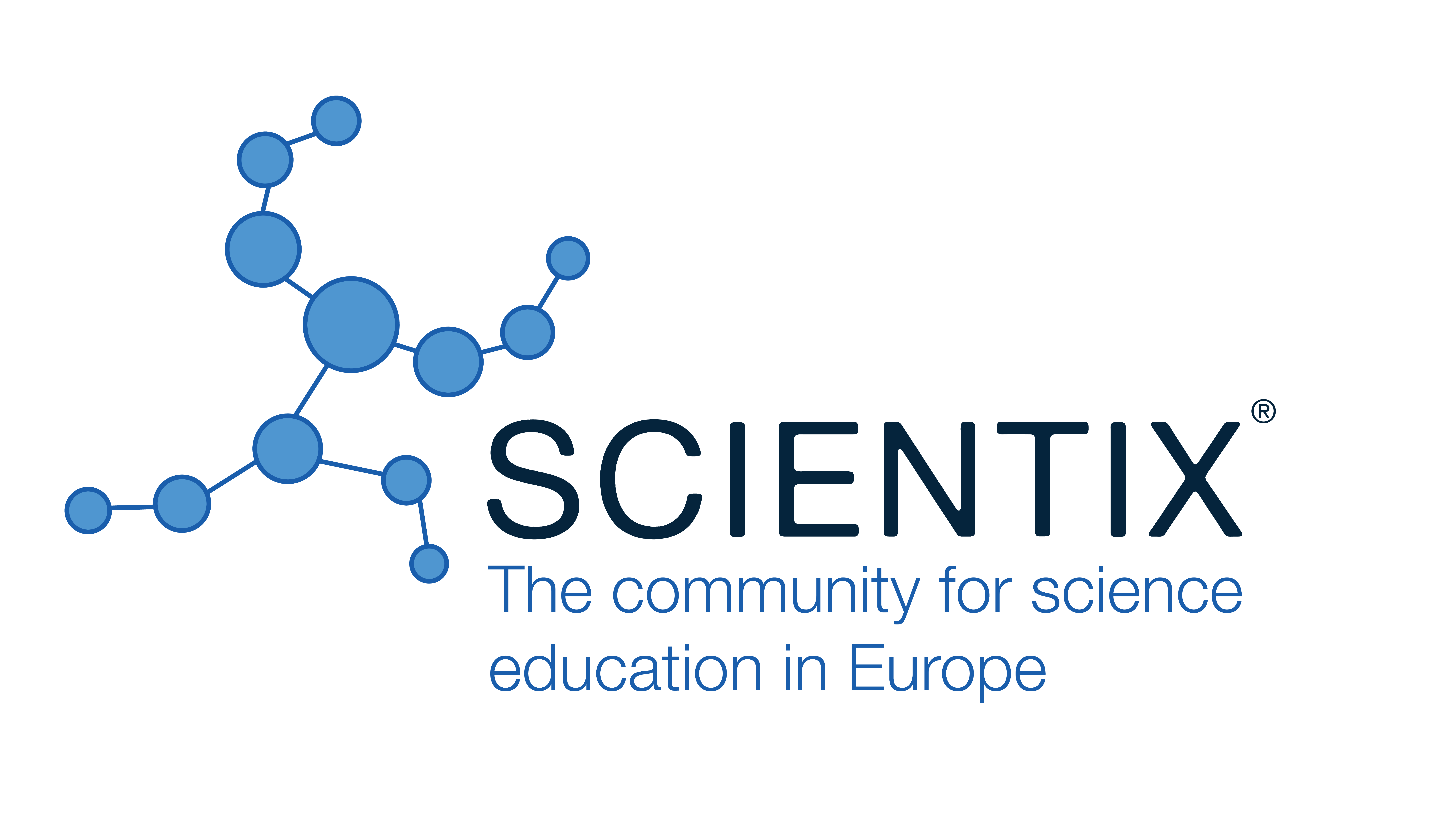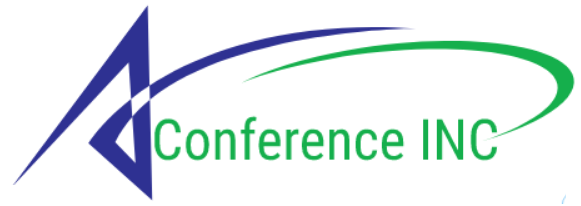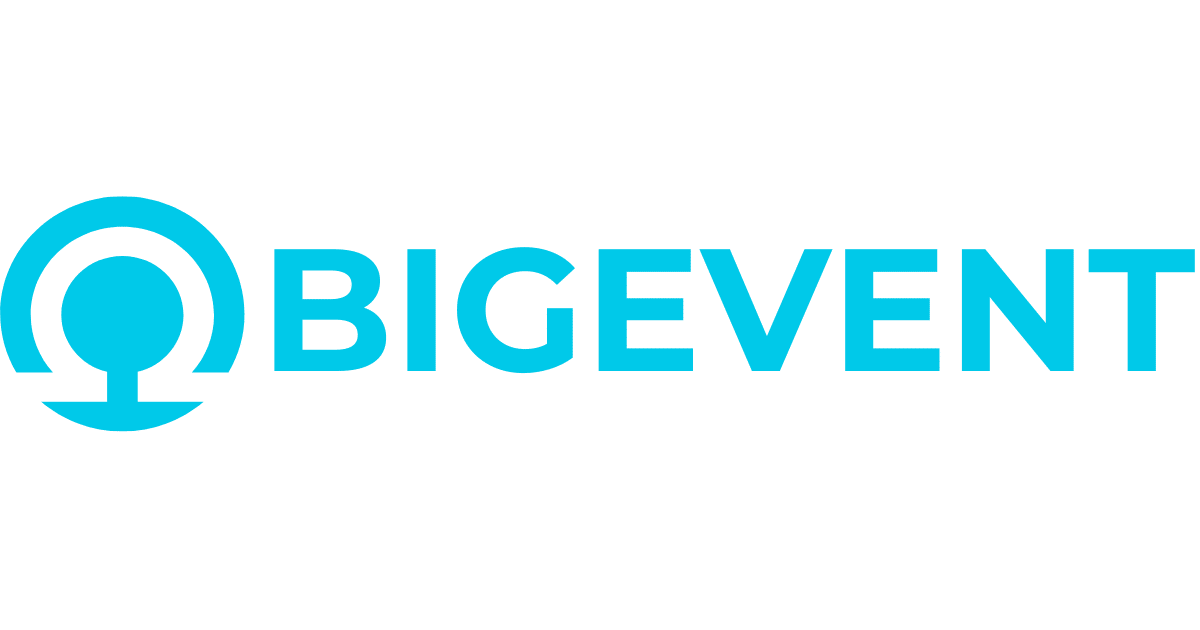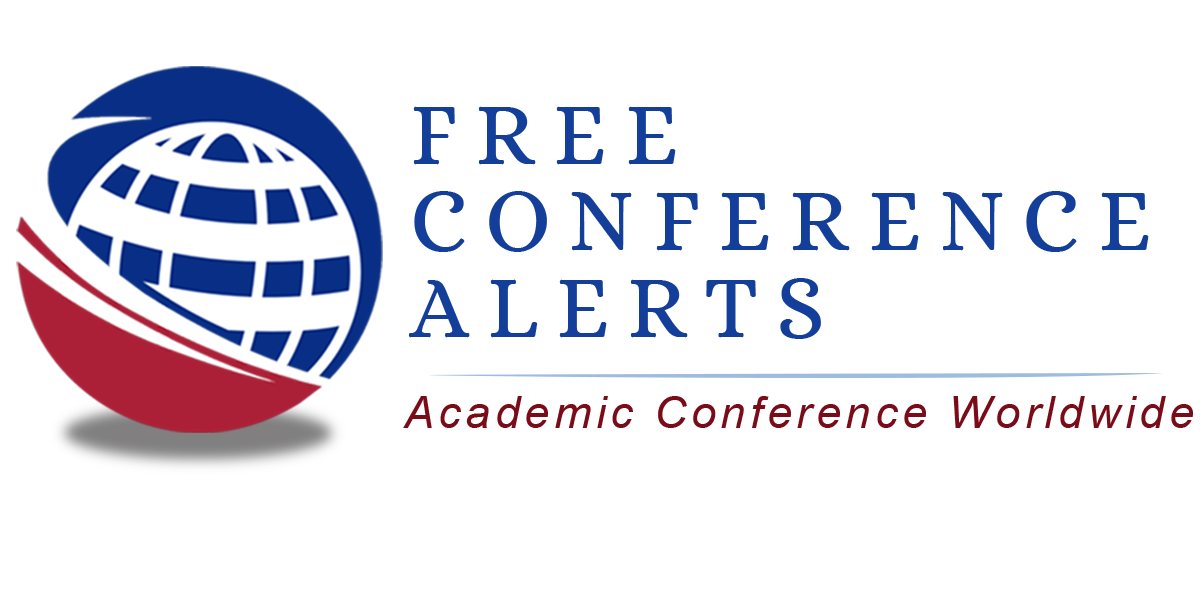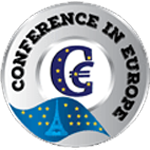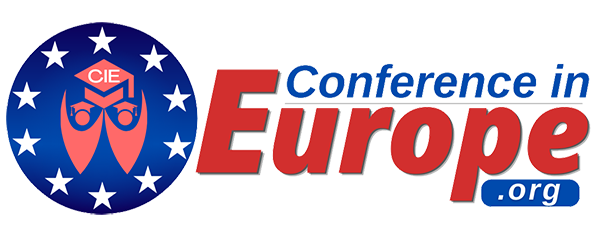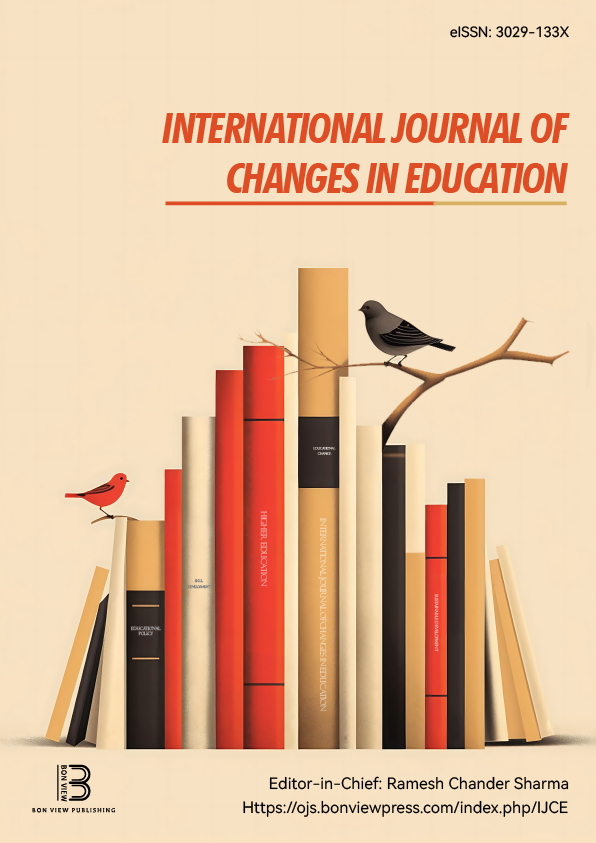Combating Fake News through Media Literacy: Developing Educational Strategies for University Students
Anastasiia Iufereva, IULM (Italy)
Abstract
Disinformation poses the serious threat, particularly in the context of education. The ability to critically evaluate and counteract disinformation is crucial for students navigating the digital environment. This paper explores the role of media literacy in combating disinformation, focusing on the development of students' critical thinking skills and their capacity to assess the authenticity of various media forms. The study examines the types and sources of disinformation, emphasizing its potential impact on young people. A central theme of this research is the integration of disinformation analysis into educational practices. For instance, students are encouraged to engage with manipulated content, such as deepfake videos or fabricated news stories. This approach not only enhances analytical reasoning but also fosters the development of essential media literacy skills, empowering students to become discerning consumers of information.
|
Keywords |
fake news, disinformation, media literacy, education |
|
REFERENCES |
[1] Herrero-Curiel, E., & La-Rosa, L. (2022). Secondary Education Students and Media Literacy in the Age of Disinformation. Comunicar: Media Education Research Journal, 30(73), 87-97. [2] Dell, M. (2019). Fake news, alternative facts, and disinformation: the importance of teaching media literacy to law students. TOURo L. REv., 35, 619. [3] Maloy, R., Butler, A., & Goodman, L. (2022). Critical media literacy in teacher education: Discerning truth amidst a crisis of misinformation and disinformation. Journal of Technology and Teacher Education, 30(2), 167-176. [4] Mrah, I. (2022). Digital media literacy in the age of mis/disinformation: The case of Moroccan university students. Digital Education Review, (41), 176-194. [5] Orhan, A. (2023). Fake news detection on social media: the predictive role of university students’ critical thinking dispositions and new media literacy. Smart Learning Environments, 10(1), 29. |
 The Future of Education
The Future of Education
